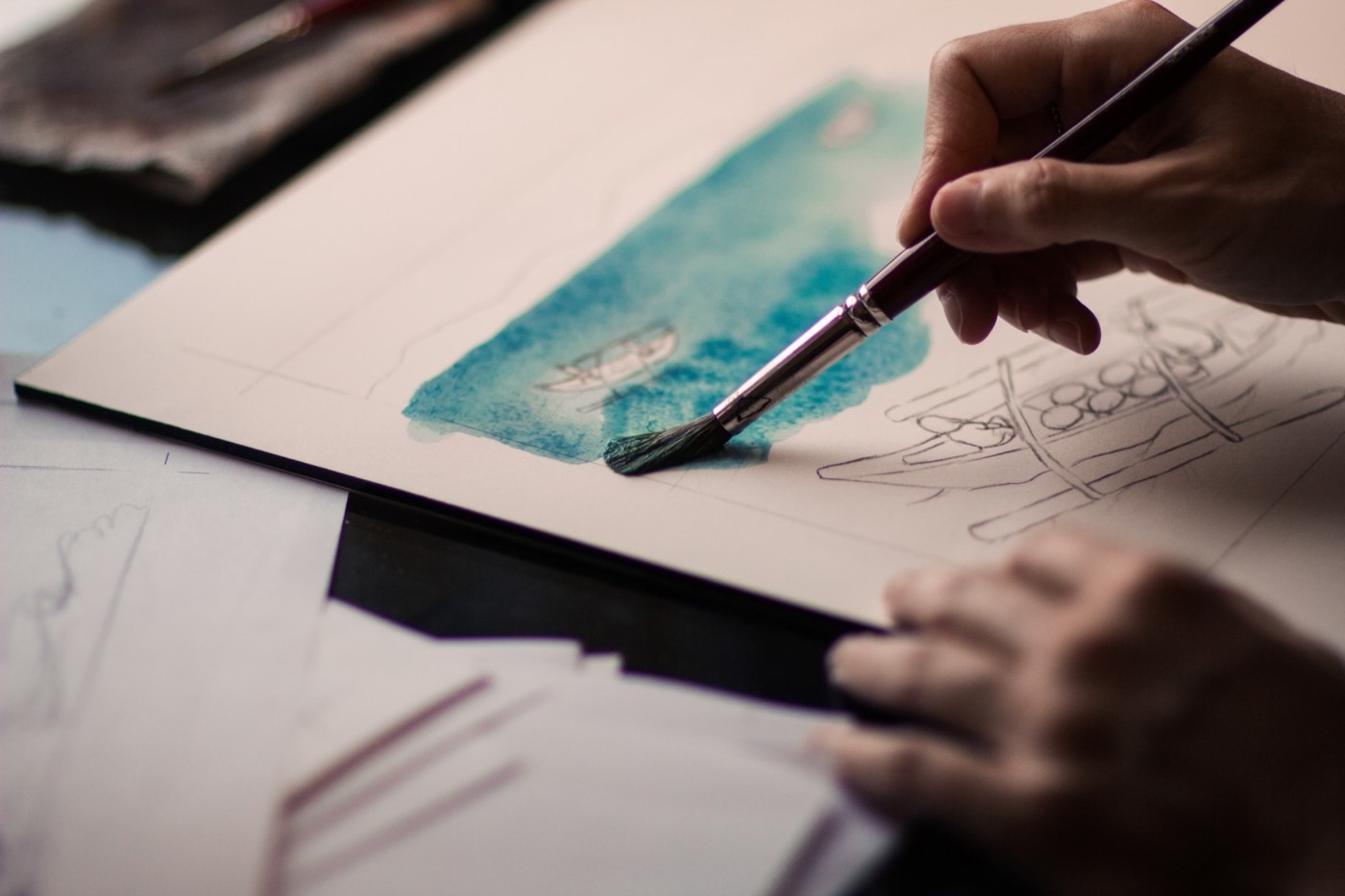The use of art therapy for improving mental health and handling trauma
Shortly after the Grenfell Fire, Susan Rudnik set up an art therapy space in a community centre that allowed children and young people affected by the tragedy to work through the trauma of the event. This was followed by charities placing art therapists in nine local schools and five further community spaces being opened for art therapy. Rudnik explained in Arts Professional: “Art materials, with their capacity for fluidity and movement, offered people a way to process the trauma as it was being felt. And the art psychotherapists involved work in a non-directive way, which means the creativity of the sessions could take any form the child wishes.”
‘Art therapy’ as a term was coined in 1942 by Adrian Hill. An artist himself, Hill found that art helped him whilst recovering from tuberculosis, and went on to write a book titled ‘Art Versus Illness’, which explained how the war had damaged “minds, bodies, and hopes”, and that art could assist with psychological healing. The practice went on to be honed by Margaret Naumburg, who believed children that were able to express themselves creatively would develop more healthily. Inspired by contemporary psychoanalysis, Naumburg saw art as a way of unearthing and expressing unconscious thought and emotion.
Frida Kahlo used surrealist art to cope with her illness after a traffic accident left her with debilitating pain
Since the introduction of art therapy, it has been used to help many people with physical illnesses, mental illnesses, and to process trauma. For example, eating disorder patients often benefit from art therapy, as pencils and paints act as outlets which provide them with control that they usually only get from unhealthy defence mechanisms; it can also help them identify and vocalise emotions, as people with eating disorders often have elevated levels of alexithymia.
However, not all people benefit from art therapy. Although schizophrenia has historically been helped by therapy, its benefits are now being disputed. The Multicenter Study of Art Therapy in Schizophrenia measured the symptoms of 417 participants, all diagnosed with schizophrenia, after undergoing art therapy for 12 months and found no conclusive evidence that symptoms were improved. However, art therapy can help people with schizophrenia interpret and express emotions that they may find difficult due to negative symptoms, such as speech poverty.
As well as mental illnesses, art therapy is used in hospitals to help people cope with physical illness and to share their experiences. This is favourable to patients’ physical health as well as their emotional wellbeing- a study by Stucky and Nobel found that participants involved in art programs have better vitals and fewer problems sleeping. Similarly, although art therapy is a modern invention, historical figure Frida Kahlo also used surrealist art to cope with her illness, after a traffic accident left her bed-bound and with debilitating pain for much of her life.
Traumatic memories are encoded visually, so art can help children process and make sense of events
Art therapy has been found to increase trauma survivors’ sense of empowerment and, much like eating disorder patients, children’s sense of control as they make their own choices in their artwork. One reason that art therapy is so helpful for trauma in particular is because traumatic memories are encoded visually, so the medium can be used to help children process and make sense of events. These findings are supported by the children of Grenfell, as their early artwork was dark and smoke-black. Rudnik noted: “Towers were constantly in the artwork – sometimes deliberately and sometimes appearing unconsciously.”
No doubt, the artwork created by children in the aftermath of Grenfell would serve to drive home a message about the night’s events and the warning signs leading up to it. However, displaying this art in a public exhibition would be violating and disrupt the children’s progress in art therapy. Rather than making a point about their art, the children of Grenfell should be allowed to process their trauma as privately as they wish.

Comments